
The increase comes after three weeks of declines. Weekly claims have been trending down since the spring, but the decline has been painfully slow. The four-week average, which smooths out fluctuations, dropped to 548,000, about 110,000 below its peak in early April. Economists closely watch initial claims, which are considered a gauge of layoffs and an indication of companies' willingness to hire new workers. Many economists say initial claims below 400,000 would be a signal that employers are adding to the net total of jobs.
The number of people remaining on the rolls, meanwhile, fell 70,000 to 6.09 million, the lowest level since the week of April 4. But when federal emergency programs are included, the total number of jobless benefit recipients was nearly 9 million in the week that ended Sept. 12. That's little changed from the previous week. Congress has added up to 53 extra weeks of benefits on top of the 26 typically provided by the states. Congress is considering adding another 13 weeks of benefits.
The large number of people remaining on the rolls indicates that unemployed workers are having a hard time finding new jobs. Consumer spending, which accounts for 70 percent of total economic activity, jumped in August by the largest amount in nearly eight years even though personal incomes continued to lag. The Commerce Department said Thursday that consumer spending rose 1.3 percent in August, even better than the 1.1 percent gain that had been expected. But incomes edged up 0.2 percent, the same as in July.
The surge in consumer spending is a strong signal that the economy was returning to growth this summer. But any rebound from the recession could falter if income growth does not improve, economists said. The claims data come a day before the September unemployment report due Friday. Economists forecast that report will show the unemployment rate rose to 9.8 percent from 9.7 percent in August. Most economists expect the rate to top 10 percent by early next year.
Employers are expected to have cut 180,000 jobs in September, down from 216,000 in August. The recession, which began in December 2007 and is the worst since the 1930s, has eliminated a net total of 6.9 million jobs. Most analysts expect the economy grew by about 3 percent in the July-September quarter, technically ending the recession. But Federal Reserve Chairman Ben Bernanke said last month that growth isn't expected to be strong enough to reduce the jobless rate for some time.
More job cuts were announced this week. Telecom services provider Windstream Corp., based in Little Rock, Ark., said it will eliminate 350 jobs by the end of the year. Among the states, California had the largest increase in claims, with 5,112, which it attributed to layoffs in the construction, transportation and agriculture industries. Texas, Florida, Iowa and Illinois had the next largest increases. State data lag the initial claims figures by one week. Kansas had the largest drop in claims, with 1,545. Wisconsin, Oregon, Ohio and New York had the next largest declines.
Nonetheless stocks opened to the downside after the best quarter in years as an increase in new jobless claims overshadowed upticks in spending and income. The Department of Labor said there were 551,000 new jobless claims last week, up from an upwardly revised 534,000 the week prior and topping expectations for 535,000. On a more promising note, continuing claims fell to 6.09 million from 6.16 million, undercutting expectations for an increase to 6.17 million.
At the same time, the Department of Commerce said personal income increased 0.2% in August, in line with the prior month's increase, and spending ticked up 1.3%, respectively, vs. 0.3% in July. Both readings were slightly better than expected. The Dow Jones Industrial Average was down 67 points, at 9647, while the S&P 500 slid 9 points to 1048. The Nasdaq Composite edged down 20 points, to 2102.
Those moves also came as Fed Chairman Ben Bernanke testified before the House Financial Services Committee on regulatory reform. Later in the morning, Wall Street will have construction spending, manufacturing and pending home sales data to chew on. Among stocks to watch, Bank of America shares were rising about 1% after news that CEO Ken Lewis with retire by the end of the year and will leave his position as a director on the company's board. The company said its board would "continue ongoing planning" in order to name a successor by the time Lewis steps down on Dec. 31.
Still the jobless rate reached 9.8 percent in September. The unemployment rate rose to 9.8 percent in September, the highest since June 1983, as employers cut far more jobs than expected. The report is evidence that the worst recession since the 1930s is still inflicting widespread pain. Persistently high unemployment could weaken the recovery as consumers, concerned about their jobs and incomes, restrain spending. Consumer spending accounts for about 70 percent of the nation's economy.
The Labor Department said Friday that the economy lost a net total of 263,000 jobs last month, from a downwardly revised 201,000 in August. That's worse than Wall Street economists' expectations of 180,000 job losses, according to a survey by Thomson Reuters. The unemployment rate rose from 9.7 percent in August, matching expectations. If laid-off workers who have settled for part-time work or have given up looking for new jobs are included, the unemployment rate rose to 17 percent, the highest on records dating from 1994.
More than a half-million unemployed people gave up looking for work last month. Had they continued searching, the official jobless rate would have been higher. All told, 15.1 million Americans are now out of work, the department said. And more than 7.2 million jobs have been eliminated since the recession began in December 2007.
Many analysts expect the economy grew at a healthy clip in the July-September quarter, technically ending the recession, but few think the recovery will be strong enough to lower the jobless rate. Most economists expect the rate to top 10 percent and keep climbing. The economy has received a boost from the Cash for Clunkers auto rebate program and other government stimulus efforts, but many economists believe that growth will slow in the current quarter and early next year as the impact of those programs fade.
Federal Reserve Chairman Ben Bernanke said Thursday that even if the economy were to grow at a 3 percent pace in the coming quarters, it would not be enough to quickly drive down the unemployment rate. Bernanke said the rate is likely to remain above 9 percent through the end of 2010. Hourly earnings rose by a penny last month, while weekly wages fell $1.54 to $616.11, according to the government data.
The average hourly work week fell back to a record low of 33 in September. That figure is important because economists are looking for companies to add more hours for current workers before they hire new ones. The uncertainty that surrounds the recovery has made employers reluctant to hire. The Business Roundtable, a group of CEOs from large corporations, said earlier this week that only 13 percent of its members expect to increase hiring over the next six months.
While job losses have slowed since the first quarter of this year when they averaged 691,000 a month, the cuts actually worsened last month in many sectors compared with August. Construction jobs fell by 64,000, more than the 60,000 eliminated in August. And service sector companies cut 147,000 jobs, more than double the 69,000 in the previous month. Retailers lost 38,500 jobs, compared to less than 9,000 in August. Temporary help agencies eliminated 1,700 jobs, down from the previous month, but still a sign of labor market weakness. Economists see temporary jobs as a leading indicator, as employers are likely to hire temp workers before permanent ones.
Therefore the raise in jobless claims should come as no surprise as we had into the last quarter which will tell us as Americans a lot about what is ahead for 2010.








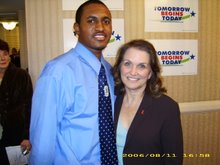

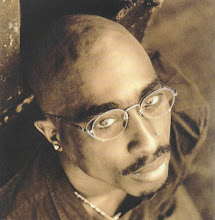









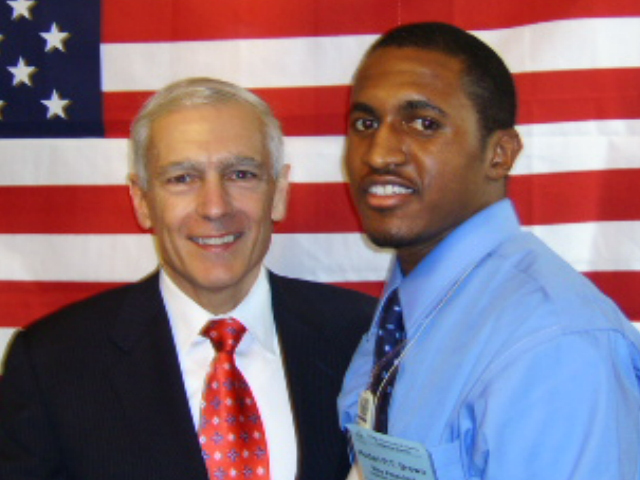
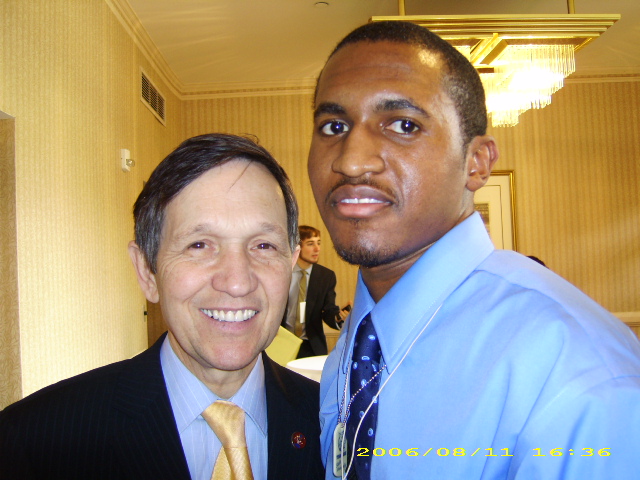



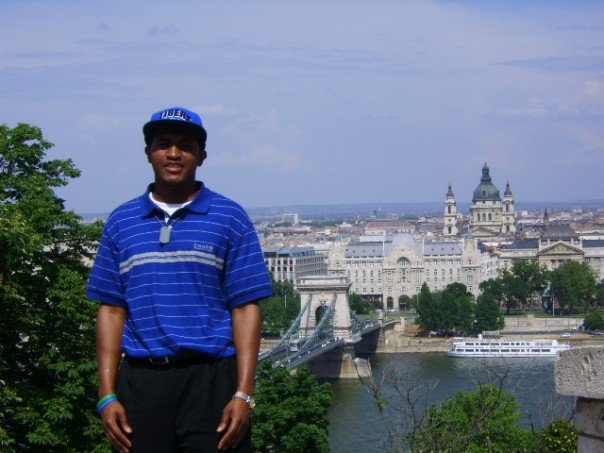
No comments:
Post a Comment